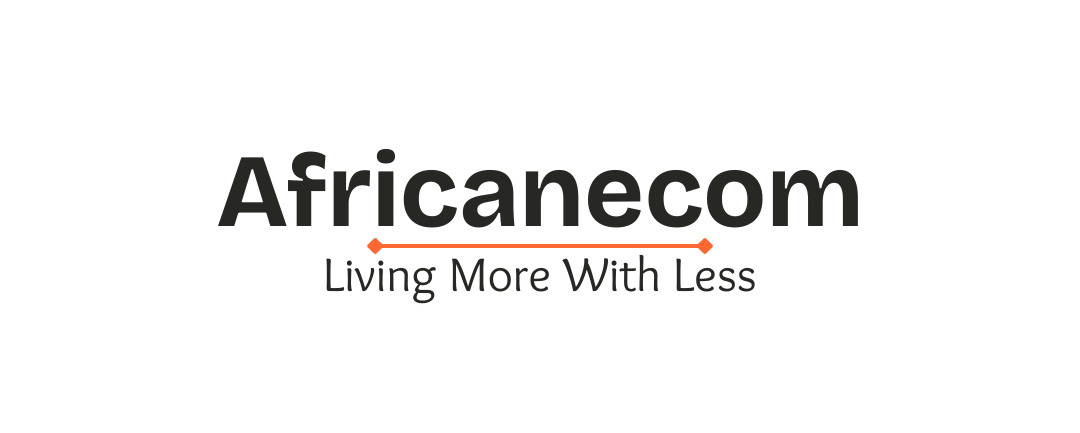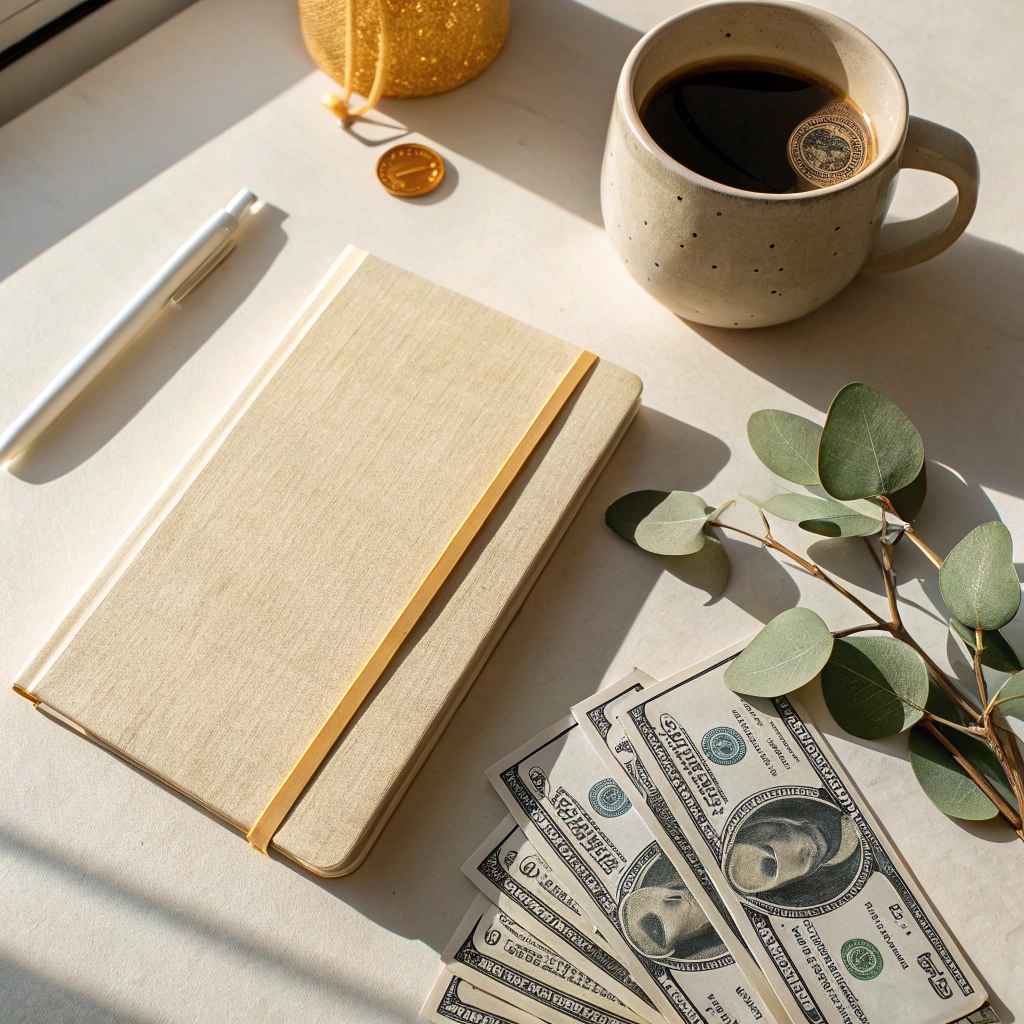By Eli Walker – slow living | simple money | calm spaces
Minimalism didn’t start for me with aesthetics. It started with overwhelm. Too many things. Too many decisions. Too much noise. And most of it came from what I was bringing into my life. The moment I chose to live with less, I realized: I wasn’t just decluttering my home. I was decluttering my mindset, my finances, my energy.
In this post, I’m sharing the 10 things I stopped buying after embracing minimalism. These aren’t just money-saving tips (though you’ll save plenty). They’re lifestyle shifts. Mindset resets. And maybe they’ll help you pause before the next impulse purchase too.
1. Trendy Clothes That Don’t Feel Like Me
Before minimalism, I followed trends like a seasonal religion. I’d chase the colors of the year, the “must-have” denim cuts, the new drop from fast fashion chains. And yet… I still felt like I had nothing to wear.

Now? I wear clothes that feel like me. That I can wear on repeat and still feel grounded.
Why I Stopped:
- Trends expire. Authenticity doesn’t.
- I was wasting hundreds each year on clothes that didn’t last.
- Cluttered closet = cluttered mornings.
What I Do Instead:
- Stick to a capsule wardrobe with 20–40 versatile, high-quality pieces.
- Use a one-in, one-out rule.
- Invest in timeless pieces that last (and that I love).
2. Duplicate Kitchen Gadgets
At one point, I had three can openers, five spatulas, two blenders, and gadgets I didn’t even know how to use. My kitchen drawers were chaos.

Why I Stopped:
- Too many tools slowed down my cooking.
- I was constantly organizing, not enjoying.
- Many tools did the same job.
What I Do Instead:
- Use one good chef’s knife for most tasks.
- Decluttered down to tools I use weekly.
- Opt for multi-functional appliances only.
3. Souvenirs & Random Travel Trinkets
Vacations used to mean coming home with bags of shot glasses, magnets, keychains, and “made in China” souvenirs from Paris. But what was I really bringing home?
Why I Stopped:
- Most items ended up in drawers or donation bins.
- They didn’t capture the experience, just the location.
- I was traveling more like a consumer, less like a human.
What I Do Instead:
- Keep travel journals.
- Take 5 meaningful photos per trip.
- Bring home something functional or edible (like tea, spices, or textiles).
4. Cheap Furniture That Breaks in a Year
Minimalism taught me: buying cheap isn’t always saving. For years I bought low-cost furniture to furnish apartments quickly. And it fell apart just as fast.
Why I Stopped:
- Fast furniture creates waste.
- I ended up buying replacements constantly.
- It never felt grounding.
What I Do Instead:
- Buy fewer pieces, but better ones.
- Invest in second-hand wood furniture when I can.
- Choose items that tell a story and last.
5. Subscriptions I Don’t Use
There was a time I had a gym membership, two meditation apps, six streaming services, and a cloud storage plan I didn’t remember signing up for.
Why I Stopped:
- Subscriptions drain money silently.
- Most were used once or twice, then forgotten.
What I Do Instead:
- Do a quarterly audit of my subscriptions.
- Keep only what I use weekly.
- Use free trials intentionally, then cancel.
6. Sale Items I Didn’t Plan to Buy
This was a big shift for me. Sales used to make me feel like I was “saving” money. But I was spending on things I never actually needed or even liked.
Why I Stopped:
- Sales triggered FOMO.
- I bought for the price, not the purpose.
- My home became a storage unit of half-loved things.
What I Do Instead:
- Use a 30-day list for non-essential items.
- Ask: “Would I want this if it weren’t on sale?”
- Stick to pre-planned purchases only.
7. Paper Products I Can Replace
This one surprised me. When I added up what I spent annually on paper towels, napkins, disposable notebooks, sticky notes, and gift wrap, it was shocking.
Why I Stopped:
- Reusable alternatives exist.
- Paper waste felt out of sync with my values.
What I Do Instead:
- Use cloth rags and microfiber towels.
- Refillable journals or digital notes.
- Wrap gifts in fabric, newspaper, or not at all.
8. Home Decor That Doesn’t Serve a Purpose
There was a time when every surface in my home had something on it. Candles. Vases. Decorative signs that said things like “Live Laugh Love.”
Why I Stopped:
- Visual clutter = mental clutter.
- Many items weren’t meaningful to me.
- Cleaning became exhausting.
What I Do Instead:
- Decorate with intention, not obligation.
- Choose 1–2 pieces per space that feel grounding.
- Let empty space breathe.
9. Multiple Streaming Services
Netflix. Hulu. Prime. Disney+. Apple TV. At one point, I had all of them. And still said “there’s nothing to watch.”
Why I Stopped:
- Monthly fees added up.
- I was watching more, enjoying less.
What I Do Instead:
- Rotate one service at a time.
- Prioritize slow, intentional entertainment (like documentaries).
- Spend more evenings in silence, reading, or journaling.
10. Overcomplicated Self Care Products
I used to chase the perfect skincare routine: 7 steps, 4 serums, jade rollers, sheet masks. Not to mention diffusers, candles, gadgets, and bath bombs.

Why I Stopped:
- My routines became more about products than presence.
- The clutter negated the calm I was seeking.
What I Do Instead:
- Use 2–3 high-quality products max.
- Prioritize routines over rituals: breathwork, stretching, quiet.
- Realize that peace doesn’t come in a bottle.
Bonus: 5 More Things I Stopped Buying
Because honestly… it didn’t stop at ten.
- Trendy mugs and seasonal dishes
- Greeting cards for every occasion
- Excess skincare samples
- Backup versions of things I already own
- Physical planners I never finish
The Ripple Effect of Buying Less
When I stopped buying these things, I didn’t just free up money. I freed up:
- Space
- Time
- Energy
- Clarity
Minimalism gave me breathing room to actually enjoy what I do own, what I do use, and where I do spend.
I spend more on what matters: quality meals, slow travel, supporting creators, clean design, time outdoors, tools that last.
I spend less on: distractions, duplicates, decor, dopamine hits.
Final Thoughts: Spend Less. Live More.
You don’t have to stop buying everything to live more intentionally. You just have to start noticing.
Start with one category. One drawer. One habit.
Minimalism isn’t about living with nothing. It’s about making room for what matters most.
And sometimes, that begins with asking:
“What am I buying that’s costing me more than just money?”
If this list inspired you, share it with a friend. Or better yet, make your own. You might be surprised by what you don’t miss.
Want More?
Get weekly slow living + minimalist money tips directly from me, Eli Walker.
Join the newsletter for intentional inspiration every Sunday.


2 thoughts on “10 Things I Stopped Buying After Embracing Minimalism”